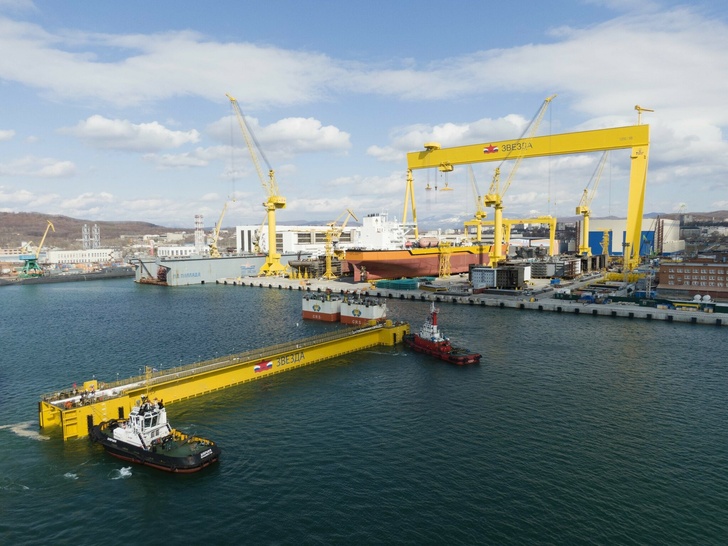According to the newspaper Kommersant, in an article by Anastasia Vedeneva “A strategy has been added to shipbuilding. Plans for the development of the industry until 2035 are full of unclear promises”, despite the chronic problems of Russian shipbuilding, the Ministry of Industry and Trade of the Russian Federation in the published Strategy for the Development of the Shipbuilding Industry until 2035 [ text] expects, even in the worst-case scenario, to build 357 vessels in 18 years, achieving a 3.9-fold increase in civilian vessel production. If the target scenario is realized, almost twice as much will be built. However, this requires state support, the size of which is not estimated in the strategy. Experts find it difficult to comment meaningfully on the document, noting its weak elaboration and obvious factual errors.
Russia needs a large-scale upgrade of civilian vessels, follows from the development strategy of the shipbuilding industry until 2035. The needs of the domestic market are estimated at 250 sea transport vessels, more than 1.5 thousand river-sea transport vessels, 1.6 thousand fishing vessels, more than 250 units of marine equipment of auxiliary and technical fleets, 90 research vessels, 24 icebreakers , as well as about 150 vessels and marine equipment for the development of offshore fields. However, it is stated in the document, the financial capabilities of customers allow updating less than half of the fleet.
The strategy involves three options for the development of the industry, which differ in the rate of economic growth and the volume of state support.
In the framework of the innovative (base) scenario, 463 vessels will be built by 2035, and the value of the order portfolio will approach 2.3 trillion rubles. In an optimistic scenario, the number of vessels released will amount to 651 units. In a conservative scenario, 357 vessels will be built, which, nevertheless, will increase the output in the industry by 3.9 times compared to 2018 (see infographic).
“In view of the industry’s specific features, including the high capital intensity of building ships, the long payback period of invested funds, its activity and further development are impossible without the active participation of the state,” the document says. However, the strategy does not have any estimates of the possible or expected amount of state support, as well as possible mechanisms for its provision. It is also not said how the volume of state support and order should be distributed between the shipyards included in the United Shipbuilding Corporation, and plants outside its perimeter.
By 2035, the main production assets of the industry should be loaded by 80%, it is planned to double labor productivity and increase the share of domestic components in the cost of final civilian products to 75%, said the head of the Ministry of Industry and Trade Denis Manturov. These expectations are generally supported by the results of previous years: in 2018, the volume of production in the industry increased 1.7 times compared to 2012 and amounted to more than 620 billion rubles. with an increase in labor productivity in monetary terms by 1.4 times. At the same time, the specifics of the strategy are few, and the numbers are vulnerable to criticism.
Thus, Mikhail Grigoriev, the head of the Gekon consulting center, finds it difficult to comment on the published document, since it does not contain a substantiating part or a list of projects for which construction is planned, there are no sizes and ice classes of ships. “It is not clear what the icebreakers mean and why gas carriers in all three scenarios appear on the list after the launch of the Arctic LNG-2 project,” the expert notes. The strategy envisages the construction of 14 icebreakers in the baseline scenario, and 21. in the target scenario. As for gas carriers, they were not built in any scenario until 2025, and in the conservative - not until 2035.
The head of Infoline Analytics, Mikhail Burmistrov, believes that the construction of crab fishing vessels was not taken into account in the conservative strategy scenario (105 units, of which 27 serving) for fishing vessels in the conservative strategy scenario. The plans for the passenger fleet are realistic (from four to eight vessels, depending on the forecast), and for the river-sea transport vessels, on the contrary, the planned figures for 2019–2020 are even slightly underestimated (23–28 ships), the expert adds. “In general, the lengthy development of the strategy did not benefit the targets: quantitative plans for the delivery of ships clearly require adjustments to take into account the realities of 2019,” he concludes.
https://bmpd.livejournal.com/3821383.html





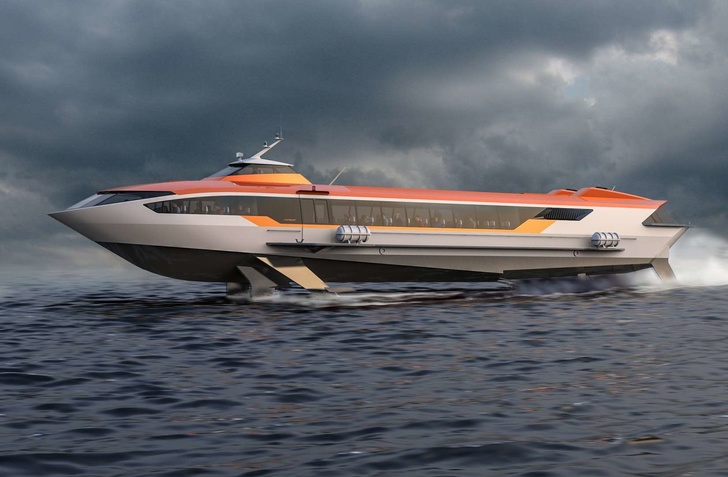
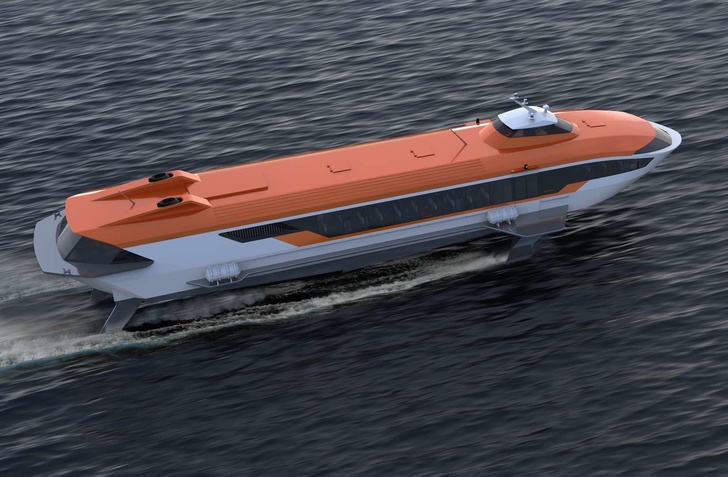
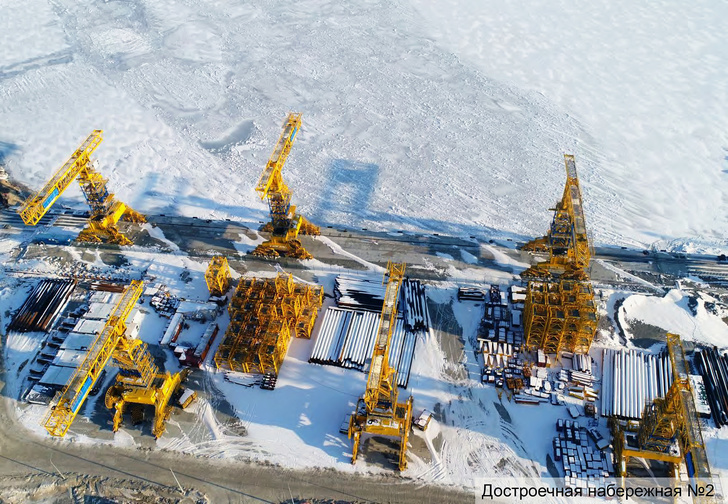

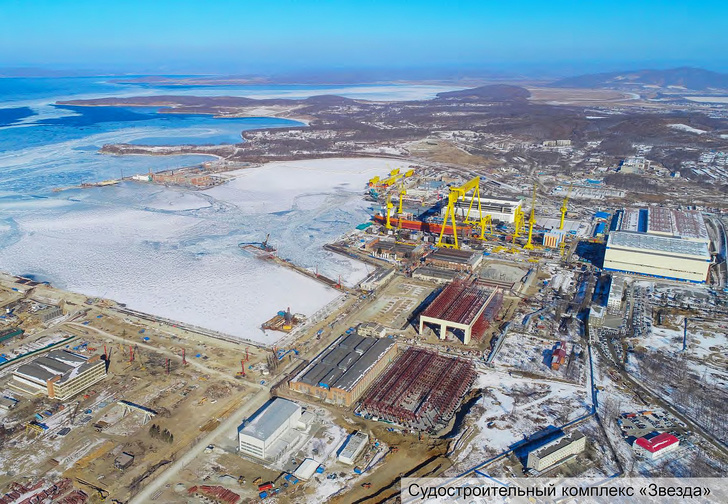



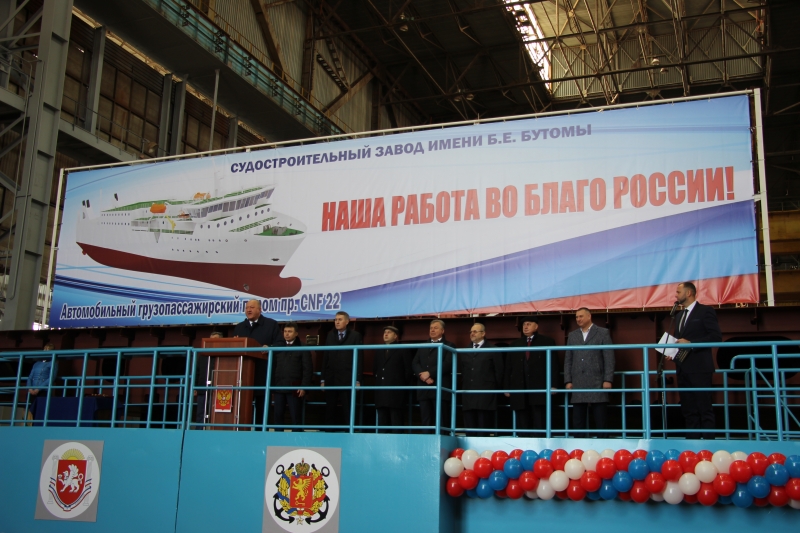
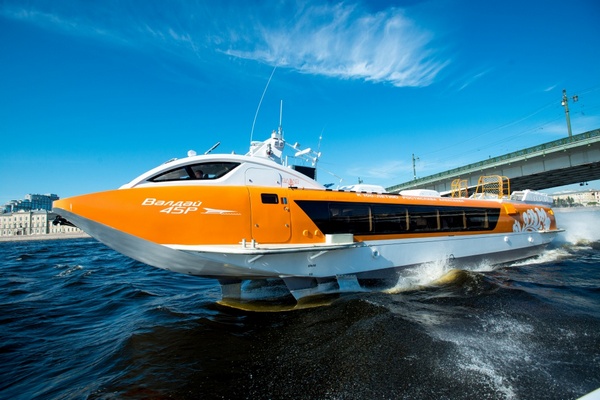
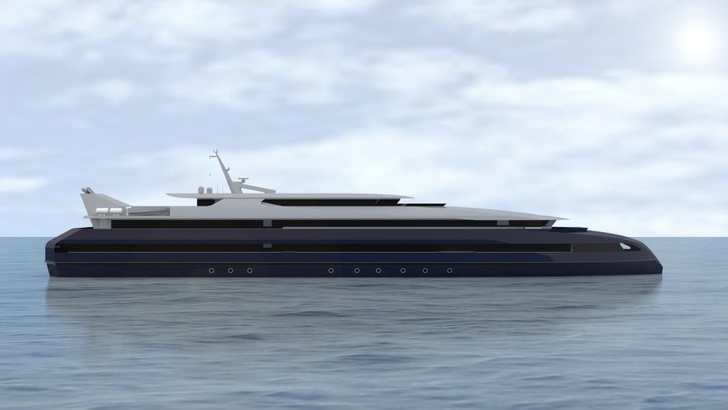
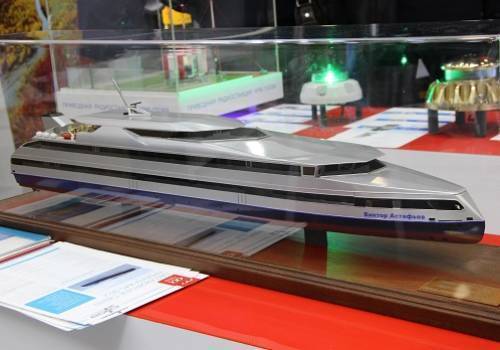
 kvs
kvs